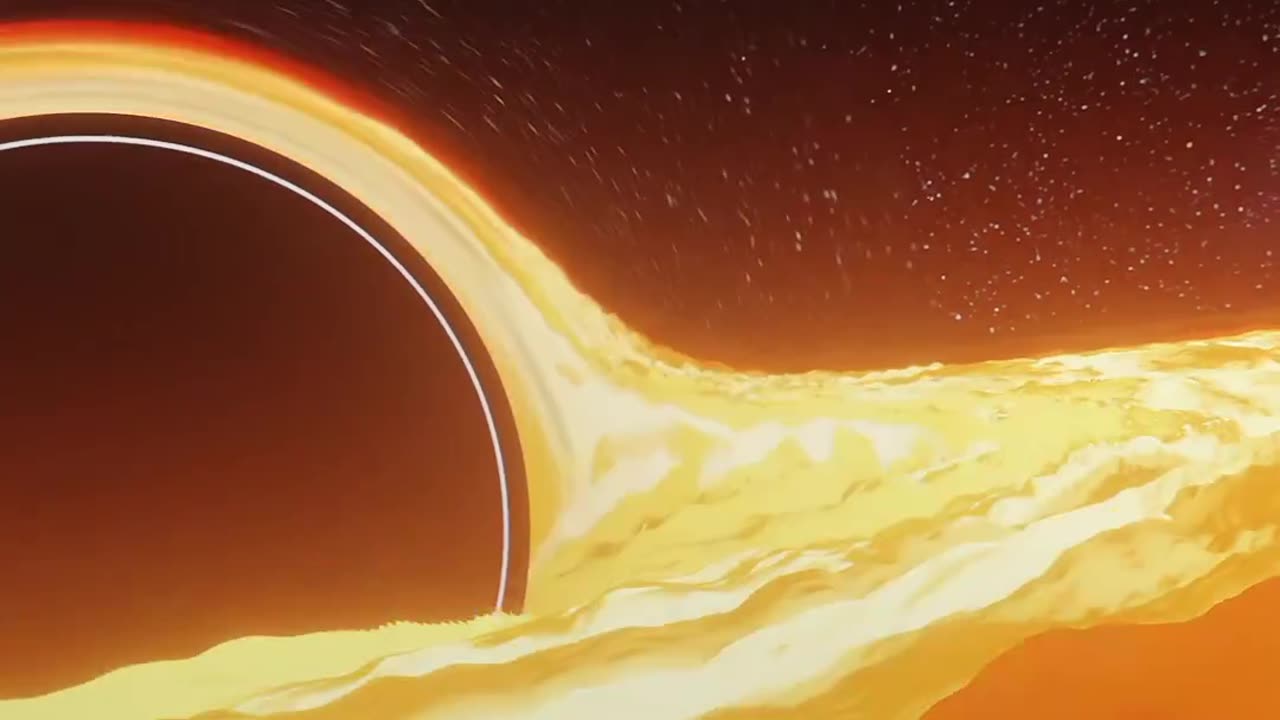Premium Only Content

Beauty Of Black Hole
A black hole is a region in space where the gravitational pull is so strong that nothing, not even light, can escape from it. This phenomenon occurs when a massive star undergoes gravitational collapse at the end of its life cycle. The core of the star collapses under its own gravity, and if the mass is sufficient, it forms a black hole.
Key characteristics of a black hole include:
Singularity: At the center of a black hole is a point called a singularity, where the mass of the collapsed star is concentrated. In this region, the laws of physics as we currently understand them break down.
Event Horizon: The boundary around a black hole, beyond which nothing can escape, is known as the event horizon. Once an object crosses the event horizon, it is effectively trapped within the black hole's gravitational pull.
Size: Black holes come in various sizes, depending on their mass. Stellar-mass black holes are formed from the remnants of massive stars and can have a mass several times that of the Sun. Supermassive black holes, on the other hand, are found at the centers of galaxies and can have masses ranging from millions to billions of times that of the Sun.
Gravitational Effects: Black holes exert an extremely strong gravitational force near them, which can cause nearby objects to be pulled in and accelerate to high speeds. This intense gravity can also distort spacetime itself, leading to phenomena such as gravitational lensing.
Black holes are fascinating objects that have been studied extensively by astronomers and theoretical physicists. They play a crucial role in our understanding of the nature of gravity and the behavior of matter and energy in extreme conditions. However, due to their very nature, black holes are challenging to observe directly. Scientists rely on observing their effects on nearby matter and light to study and learn more about them.
-
 13:42
13:42
SantaSurfing
15 hours ago4/24/2025 - Part 1 on Endless Frontiers Efficient & Powerful Tesla Homes! Revolutionary!
47.2K51 -
 12:19
12:19
T-SPLY
16 hours agoDemocrats Start Economic War With El Salvador!
38.8K35 -
 3:14:44
3:14:44
TimcastIRL
10 hours agoDemocrat RAIDED After He's CAUGHT Harboring TERRORIST TdA Member, Wife ARRESTED
214K183 -
 2:42:29
2:42:29
RiftTV/Slightly Offensive
11 hours ago $24.69 earnedBabylon Bee Mocks Christianity in Con Inc War on "Christ is King" | Guest: Pastor Joel Webbon
80.6K79 -
 2:17:31
2:17:31
Laura Loomer
9 hours agoEP117: GOP Lets Radical Muslims Take Over Texas
41.3K73 -
 7:43:34
7:43:34
SpartakusLIVE
12 hours agoDuos w/ GloryJean on VERDANSK || #1 Most EATING Streamer
79.8K2 -
 7:25:28
7:25:28
Spartan (Pro Halo esports Player)
14 hours agoSdcrims no comms, then College match
71K1 -
 34:43
34:43
Stephen Gardner
11 hours ago🚨Trump Lawyer makes TWO HUGE ANNOUNCEMENTS | Benny Johnson
106K70 -
 2:17:31
2:17:31
Robert Gouveia
12 hours agoJudge BLOCKS Proof-of-Citizenship! Trump BACK to Supreme Court! Deportee Discovery STAYED!
95.7K36 -
 7:04:37
7:04:37
MyronGainesX
1 day ago $27.90 earnedCollege Debate Reaction, Jordan Peterson Sells Out, Shannon Sharpe Shakedown!
137K46